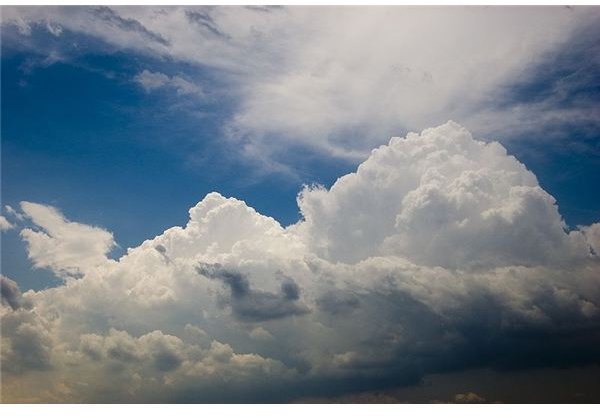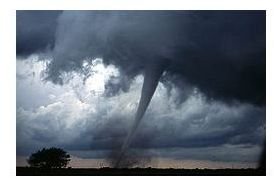The Best Climate and Weather Seperations Technique
Climate and Weather
How is the weather supposed to be tomorrow? What is the weather like outside? What is the climate like in Brazil’s mountains? Have you noticed the climate change over the past couple of years?
All correct questions, but how do you decide which sentences or questions to use climate and weather in. Knowing the difference between climate and weather may help.
Climate
What is Climate?
Many people when moving to different locations around the world, they look at the places with the best climate. Climate consists of temperature, humidity, rainfall, and atmospheric moisture and pressure levels can all be examined to classify climates. When analyzing climates, one usually looks at a longer period of time, around 30 years, and examines the averages over all the years. Those averages are considered the specific location’s climate.
Climate can be looked at very simply as temperature or humidity over long periods of time, or you can take it into more depth. Climate starts out as differences between latitude, altitude, proportion of land to water, and also the location of oceans and mountains compared to the location. The ocean itself can be responsible for a large variety of temperatures and temperature changes. Climate can be classified as specifically as different long-term weather conditions in different areas along the oceans coast.
Don’t live by the ocean? How about taking your air outside as an example. When the Sun beats down on the Earth, different air compositions in different areas of the Earth are considered different climates, as some absorb more solar energy from UV rays than others. This results in a reason why there are differences in temperatures around the world.
Then What is Weather?
If you start looking at questions like, “What is the weather going to be like tomorrow?”, then you are starting to ask a weather question. Weather is classified as the outdoor atmospheric activity occurring because of different temperature and moisture levels in different areas, which meet and cause weather changes. Weather focuses on atmospheric activity in one specific period in time. Climate and weather are directly connected because the weather patterns create the climate classification of the area.
The weather can be altered be different atmospheric pressures colliding. Also, the earth’s temperature affects the atmospheric pressure in different areas, too. Take a mountain as an example. When you are at the bottom, you are in normal pressure and the temperature is warmer. As you go up the mountain, the temperature decreases and so does the air pressure. The earth you stand is cooler and the air is thinner, making it prime for a snowy climate, even if down below, there is a warm, tropical rainfall climate.
Weather conditions are usually classified by the current activity in the area; for example, some classifications are wind, cloud, rain, snow, fog, and storms. Other occurrences such as tornadoes, hurricanes, monsoons, and ice storms are also included in the weather classification.
Weather


Rainy Weather or Rainy Climate
So, if you look at rain itself, it is a weather aspect. “Rainy weather” usually implements it will rain for a short length of time. A “rainfall climate” would be considered to be a very rainy area, like the rain forest, where it rains a large portion of the time. Just because a specific area gets tons of rain for a couple months out of the year does not classify it as a rainfall climate. Rainfall climates usually mean it has rained consistently for around the past 30 years. Rainy weather means it will rain for a couple hours or a couple days and clear up afterward, returning to its “normal climate.”
Basically, a summed up answer to this analysis would be to look out your window for the weather and look at the past 30 years of weather conditions to figure out an average, which is the climate.
